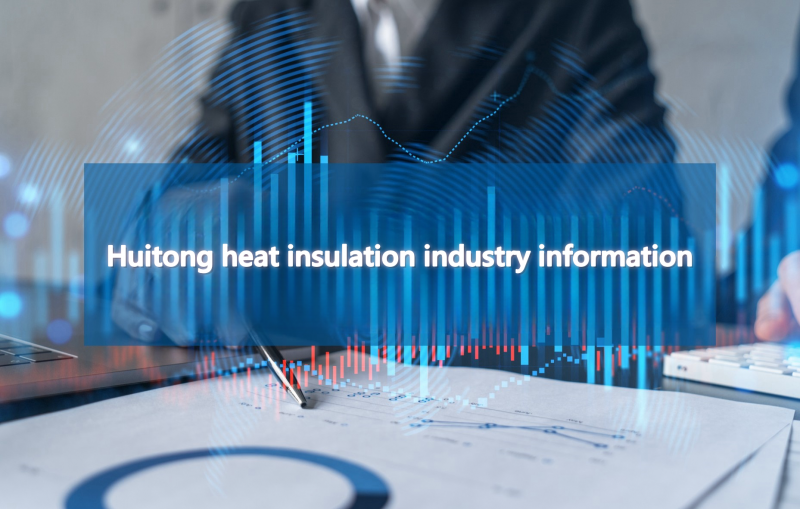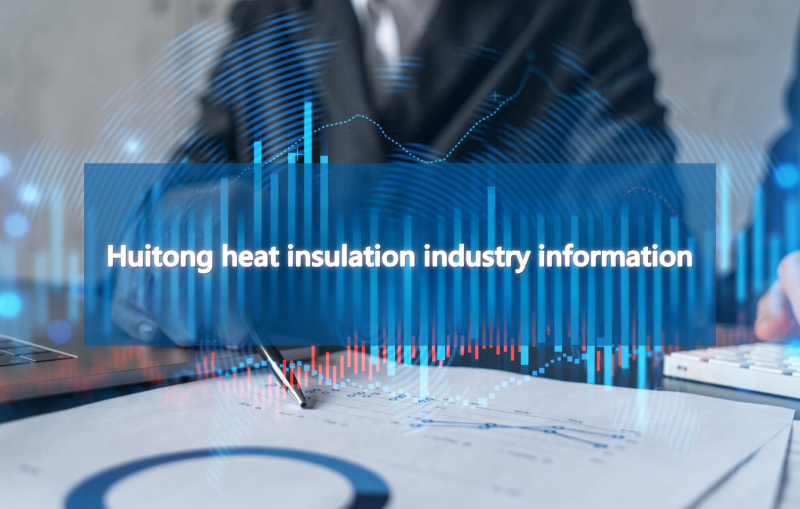Manufacturing Process of Foam Glass.
The manufacturing process of foam glass mainly includes three parts:
1. Preparation of foam glass mixture;
2. Molding of the powder body;
3. Preheating, sintering, foaming, stabilizing bubbles, and annealing.
★ Preheating
The purpose of preheating is to remove any chemically bonded water, adsorbed water, and free water present in the mixture; as the powder body has poor thermal conductivity, directly heating sintering at high temperatures can cause surface carbon to oxidize, leading to uneven foaming. Therefore, a temperature within the range of 350-400 degrees is typically selected for preheating to eliminate various moisture in the body. The preheat temperature used in this experiment is 400 degrees.
★ Sintering and Foaming
The preheated body is quickly heated to the predetermined sintering temperature and held for a certain time. By rapidly increasing the temperature, the foaming agent decomposes, and the gas produced by the foaming agent gets trapped in the softened body without escaping, resulting in a significant amount of gas phase. The heating rate during the sintering process is generally selected at 8-10 degrees/min.
★ Annealing
After foaming, the samples are rapidly cooled to the desired annealing temperature at a fast cooling rate, generally 15-20 degrees/min. Rapid cooling fixes the generated porosity structure within the material to form a porous structure. As the samples experience stress during rapid cooling, it is necessary to hold the samples at temperature for a period to eliminate stress; after annealing, the furnace power is turned off and the samples are allowed to cool to room temperature naturally.








